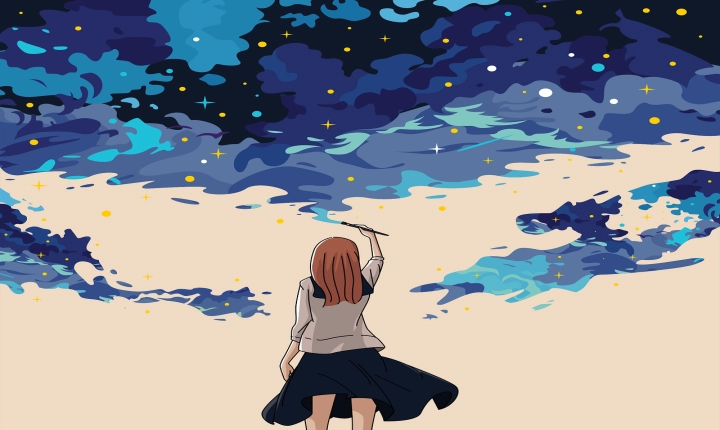Title: Exploring the Power of AI in Image Creation
In recent years, artificial intelligence (AI) has made significant strides in the field of image creation, revolutionizing the way we approach visual content generation. With the advancement of deep learning algorithms and the availability of vast datasets, AI has the potential to generate stunning and realistic images with remarkable precision and detail.
One of the most notable applications of AI in image creation is generative adversarial networks (GANs), which have proven to be incredibly effective in producing lifelike images. GANs consist of two neural networks – a generator and a discriminator – that work in tandem to generate high-quality images. The generator creates synthetic images, while the discriminator evaluates their realism. Through a process of iteration and feedback, GANs can progressively improve the quality of the generated images, leading to astonishing levels of realism.
Another powerful technique in AI-driven image creation is style transfer, which involves applying the artistic style of one image to another. By leveraging convolutional neural networks, AI can analyze the style and content of two images and merge them to produce visually striking compositions. This technology has wide-ranging implications, from creating personalized artwork to enhancing digital content with unique visual styles.
Furthermore, AI can be used to reconstruct and enhance images, filling in missing details or improving the overall quality. Through the use of deep learning models, AI can inpaint missing regions of an image, remove unwanted artifacts, and enhance details to create visually appealing outputs. This has proven to be particularly useful in fields such as photography and graphic design, where AI can assist in the restoration and enhancement of visual content.
AI-powered image creation also holds tremendous potential in the field of design automation. From architecture to fashion, AI can aid in generating innovative and original designs by analyzing vast collections of existing visual data and identifying patterns and trends. This can greatly accelerate the creative process and inspire new concepts, ultimately leading to a more efficient and dynamic design workflow.
In addition to these applications, AI has the ability to contribute to the democratization of creativity, enabling individuals with limited artistic skills to create compelling visual content. With user-friendly AI tools and platforms, even those without a background in art or design can leverage AI-driven image creation to produce professional-quality visuals for various purposes, including marketing, branding, and storytelling.
As we continue to unlock the potential of AI in image creation, it is essential to consider the ethical implications and challenges associated with the use of AI-generated images. Issues such as copyright, authenticity, and accountability must be carefully addressed to ensure the responsible and ethical use of AI in this domain.
In conclusion, the emergence of AI in image creation has ushered in a new era of visual storytelling and design. By harnessing the power of deep learning and neural networks, AI is empowering creatives and innovators to push the boundaries of what is possible in visual content generation. As this field continues to evolve, the integration of AI into image creation processes will undoubtedly catalyze new creative possibilities and shape the future of visual communication.
